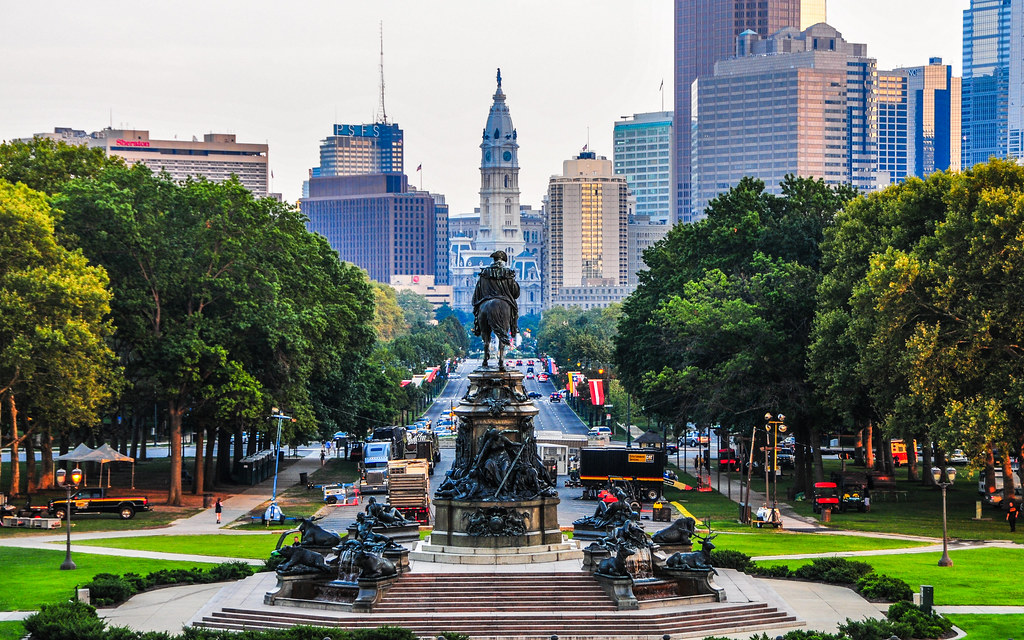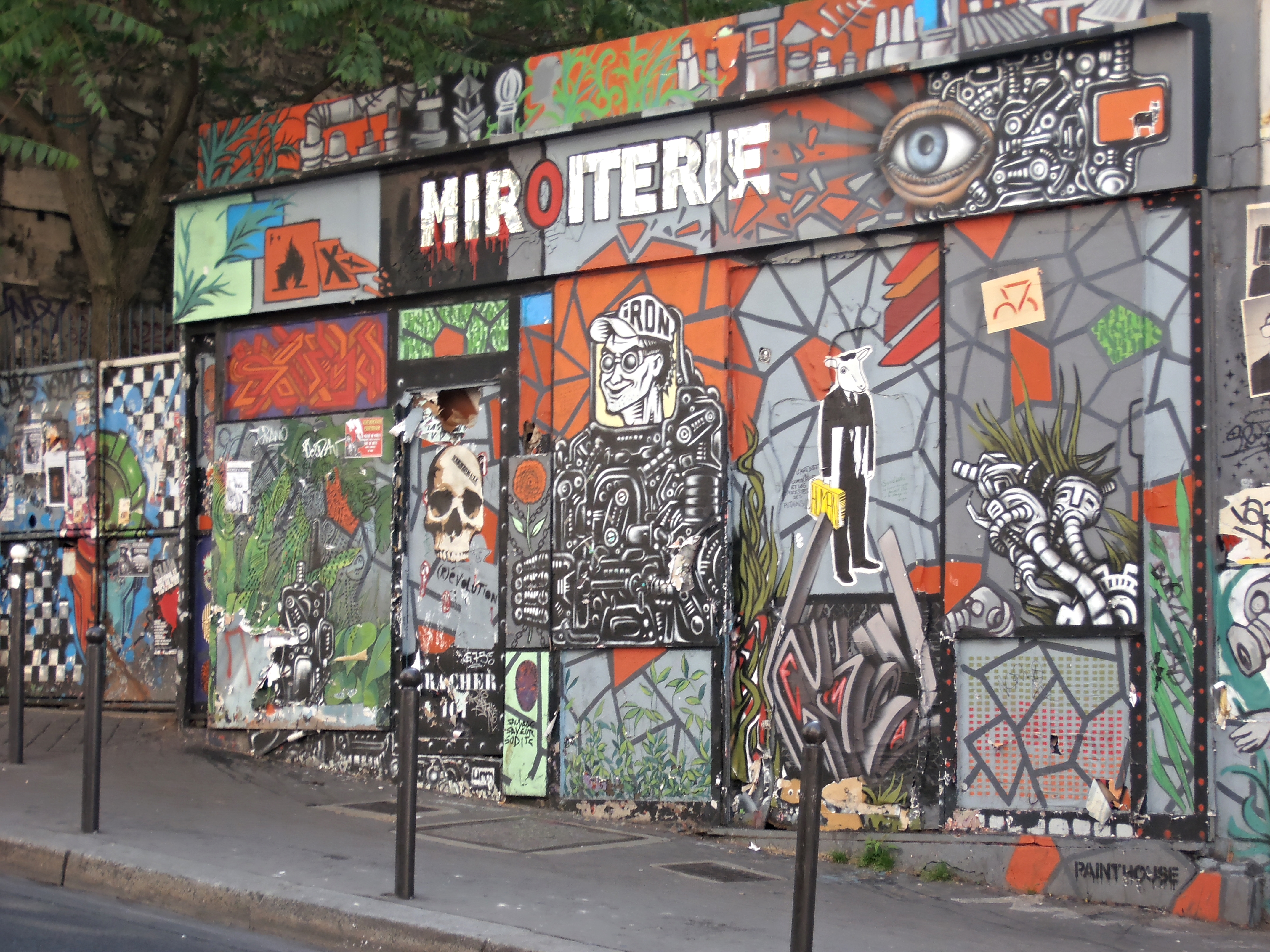London Subway, with nearly five million passengers every day, is an essential form of transport for anyone living in or visiting this bustling metropolis.
Navigating the network in London can be a daunting task due to its extensive railway system and different payment options, but by using our comprehensive guide you’ll soon become an expert.
From deciphering ticket prices to learning how to use your mobile phone as a contactless payment card – it provides all the answers in this post.
About London Subway
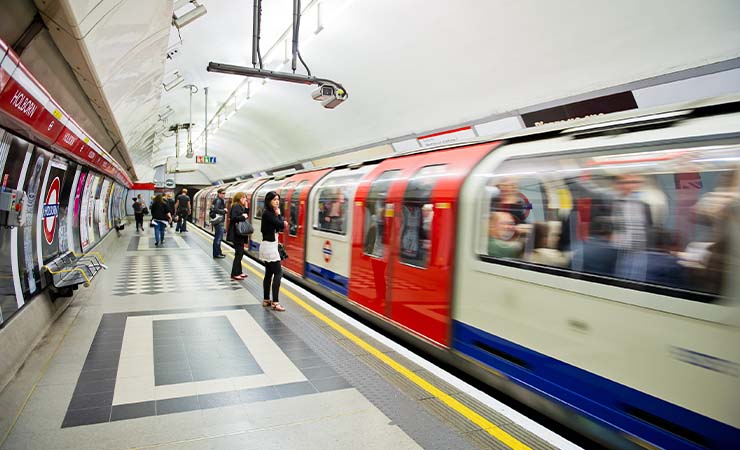
The iconic sign of the London Tube, also known as the Bulls-Eye or Target, is usually a red circle with a different station name, but now there are some new colours.
Construction of the London Underground began in 1856, and on January 10, 1863, the line was officially opened.
On May 24, 2022, the Crossrail line, which runs east-west through London, became operational. This Elizabeth Line, also known as the Purple Line and the Queen’s Line, is the largest new line built by the London Underground in recent years.
London Subway Lines

Today, there are 11 lines in London:: Bakerloo Line, Central Line, Circle Line, District Line, Hammersmith & City Line, Jubilee Line, Metropolitan Line, Northern Line, Piccadilly Line, Victoria Line, Waterloo & City Line.
And the London Subway passenger capacity reaches up to 5 million passengers per day. That is quite a large transportation network in the world.
London Subway Map
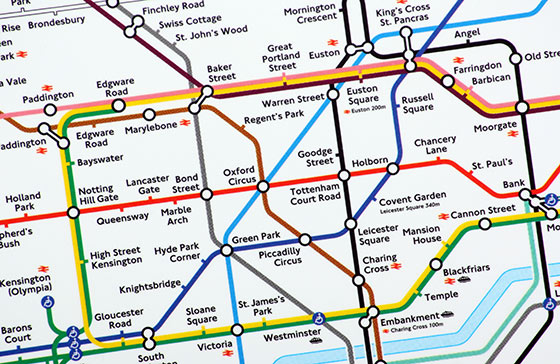
Although the London subway map is confusing, there are still tricks to reading the map. All you need to do is find your origin and destination, sort out your route, and memorize the locations of tube crossings (that is, interchanges).
Then, you’ll be able to make easy transfers and head to wherever you wanna go.
London Subway Time Schedule
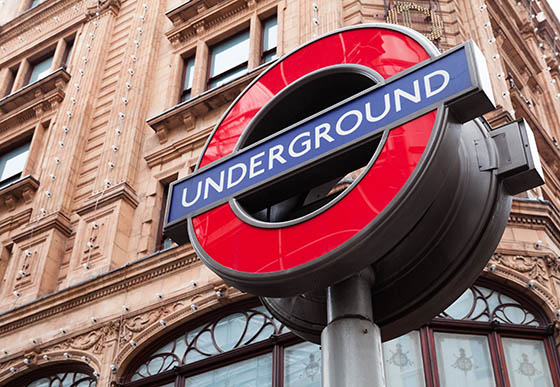
The London tube system is divided into peak hours and off-peak hours.
If you are using an Oyster card or bank card with a single payment (Pay As You Go) rather than buying Travelcards, then the peak fare is charged between 6:30 and 9:30 and 16:00 and 19:00, Monday to Friday (except public holidays). At all other times, there are off-peak fares.
Tips: If you travel from a station outside Zone 1 to a station in Zone 1 between 16:00 and 19:00, Monday through Friday, it is also considered off-peak.
London Subway Prices

Due to London zoning, it is showcased as Zones 1-9. Tube tickets are capped at the peak every day.
Every year, London’s transportation fares will be adjusted upward. Passengers can check the one-way fares on the official website.
London Subway APP & Paymet
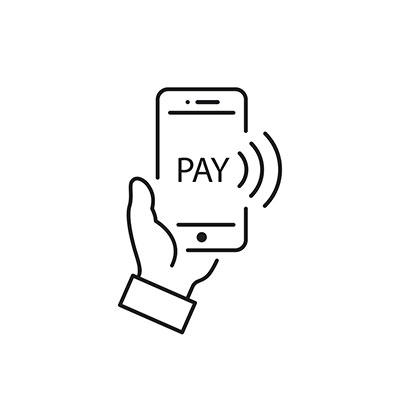
Oyster Card
The Oyster Card is a must-have transportation card for anyone living in London. Charge the card, and you can use all public transportation (Tube, buses, trams, and some trains, etc.) in the city.
For frequent travellers on the London Underground, a monthly or weekly pass is the best value. If you’re travelling to London for a short trip, you can use the card as often as you like.
Contactless Payment
If you are a non-local and don’t travel on the Tube often, you can choose to use Contactless Payment on your bank card, which is a Wi-Fi-like sign on your card. Most banks in the U.K. have now opened this service. It saves you from queuing up to buy a ticket or topping up your Oyster card.
Moreover, if the total fare exceeds the price of the Travelcard package day ticket, using contactless payment still only charges you the price of the Travelcard package day ticket instead of the total price of all the trips, which is very flexible.
Mobile Payment(NFC)
With the growing use of smartphones, you can now smooth your way into the subway with Apple Pay or Google Pay. But still, you need to check out whether your mobiles support this function and bind the relevant bank card.
Once you’ve done this, you can put your phone close to the yellow sensing area when you ride the subway in the future.
Steps to Take a Subway in London
Know your starting station, destination, and the line you need to take. Before heading to the station, plan your route using a map or a journey planner app.
Decide on your payment method. You can purchase a single-fare ticket or use an Oyster card, as mentioned above.
Arrive at the station and follow the signs to the platform for the line you need. Use your ticket or Oyster card to pass through the ticket barriers.
Tips: If you’re using an Oyster card, always remember to touch in at the beginning and touch out at the end to ensure a correct fare.
Once on the platform, pay attention to the signs indicating the direction of the train and the station stops along the route.
Different lines may share platforms, so make sure you are waiting for the correct train.
Once on board, be prepared to stand or find a seat. Pay attention to station announcements and electronic displays to know when your stop is approaching.
When you reach your destination, exit the train and follow signs to the station exit or interchange if needed.
London Subway Tips
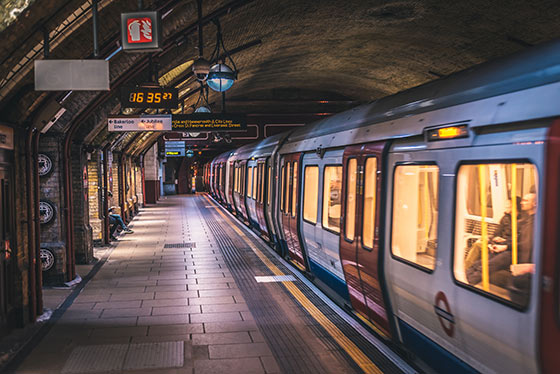
Student Discount
Full-time students over the age of 18 can apply for the 18+ Oyster Card online, but only if they are certified by their school. Unlike the regular Oyster Card, this card will have your photo and card expiration date on it, and there is an application fee.
Additionally, if you get the Railcard– a discounted train card, you can also tie it in with the Oyster Card, with the benefit of a 1/3 OFF discount on the subway during off-peak hours.
Subway Refurbishment on Weekend
The London Underground has been in operation for a long time, so there is often Engineering Work and closure of some stations.
So, remember to check the Transport for London website every weekend to see which lines or sections of the Tube will be closed for refurbishment.
In the meantime, you can sign up for the Service Update newsletter, and TFL will automatically send you the weekend refurbishment schedule to your email address every week.
Special Situations
It’s a matter of routine to encounter delays in London tubes from time to time. Sometimes, the underground just stops moving on the tracks without any alters.
The best solution is to check the status of transportation at TFL before you leave home.
Conclusion
After reading this guide, you should now have a thorough understanding of the London Subway system.
From navigating the intricate maps to using the best payment option for your budget, we believe you have a better grasp now!
But above all else, remember that this majestic underground system is at your fingertips. All the useful tools inside will help you in the daily commute with ease.
FAQ
“The Tube” is a colloquial term for the London Underground, which is a rapid transit system in Greater London and some parts of the surrounding counties. “The Underground” is the official name for the entire system, and “the Tube” specifically refers to the network of underground lines.
Yes, you can take the London Underground (Piccadilly Line) from Heathrow Airport to central London. It’s a convenient and popular way to travel between the airport and the city.
While it’s not mandatory, using an Oyster card is a convenient and cost-effective way to pay for travel on public transportation in London, including the Tube, buses, trams, the Docklands Light Railway (DLR), London Overground, TfL Rail, Emirates Air Line, River Bus services, and some National Rail services.
The term “Tube” is specific to the London Underground. “Metro” is a more generic term used internationally for urban rapid transit systems. In the context of London, when people refer to the Tube, they are talking about the city’s underground rail system.
The New York City Subway is larger than the London Underground both in terms of the number of stations and track length. The New York Subway is one of the most extensive metro systems in the world, while the London Underground is one of the oldest.
